
Client:Raben Group
Industry:Transportation & Logistics
Region:Europe
Automation saves Raben Group €6 million a year, boosting sustainability and performance
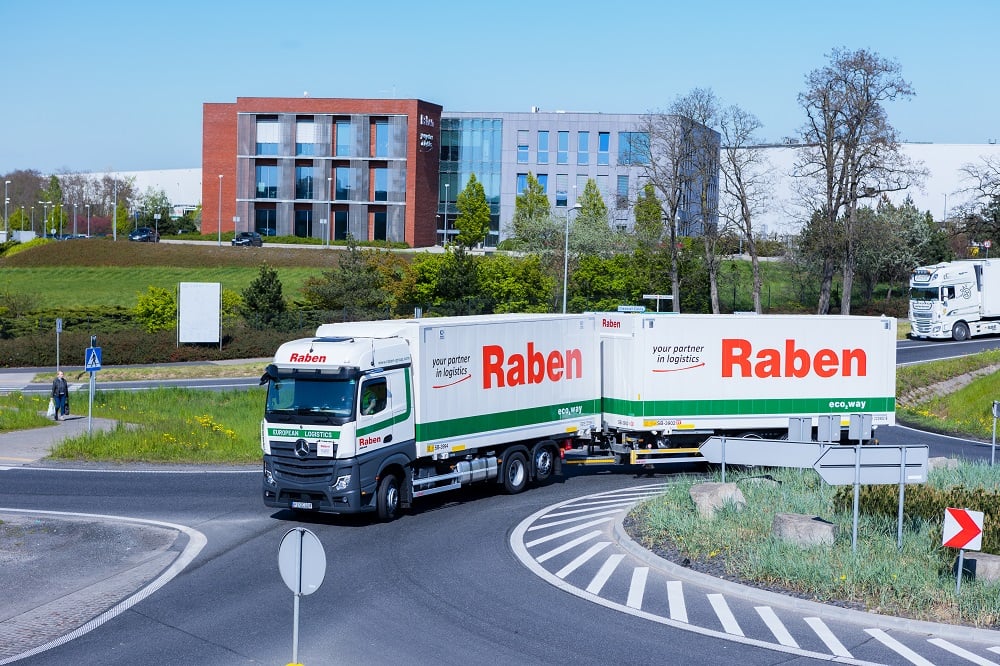
200
automations
€6M
reduction of costs each year
78,000
working days of manual tasks automated
Client Overview
Raben Group is a pan-European logistics giant with roots in the Netherlands, headquarters in Poland, and extensive operations throughout Poland and Germany. It works across 15 countries with 1.6 million square meters of warehousing and almost 12,000 employees, full of energy and passion.
The logistics industry is wildly complex. It has many moving parts—in the most literal sense. In fact, Raben Group moves 64,000 shipments every day, consisting of 180,000 pallets. In 2022, there were a staggering 16,000,000 shipments, totaling almost 45,000,000 pallets. Each consignment is reliant on an intricate web of people, tariffs, constantly shifting costs, and dynamic market conditions.
Manually keeping track of so many variables is a huge undertaking. Which is why Raben began exploring the power of automation in 2019. Zbigniew Kepinski is Group RPA supervisor for the business. “I was working in the research and development team at the time,” he recalls. “The technology was quite new and innovative. People had no idea what it could achieve. But I was a real evangelist for it. That should be written on my business card,” he laughs.
The first automation
Kepinski’s enthusiasm for the technology gave rise to the company’s first automation. “We used it to create spot offers,” Kepinski explains. These are quotes given to customers for shipping that falls outside an existing contract. A customer may have agreed a flat rate for logistics between the two sites. If they need a one-off shipment to a third site, or with faster handling or a different solution, a spot offer needs to be created.
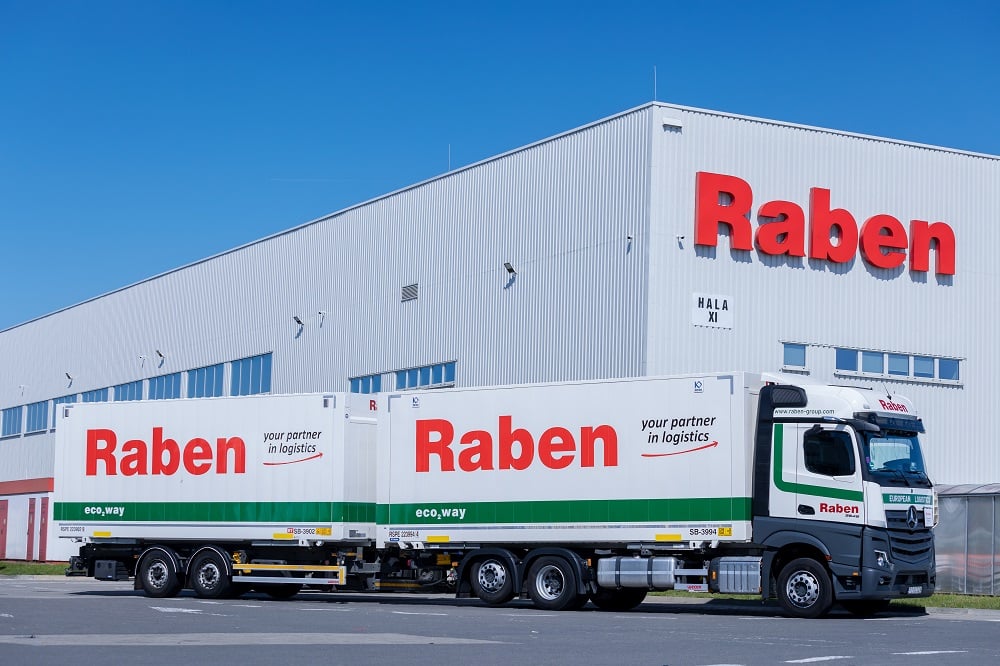
This requires a colossal amount of data, such as postal codes for collection and delivery locations, timings, routing, transportation types, fuel costs, staff availability, and more. Everything must go through a bespoke calculation to create a quote that offers value to customers yet maintains profitability for Raben. However, the longer it takes to create the offer, the greater the chance of a competitor getting the business.
The average time it took for manual creation of spot offers was 15 minutes. We introduced automation and the time taken dropped to an average of 21 seconds. Over 99 percent are sent to customer within two minutes. While our customer service and sales team has always been excellent at giving speedy advice and answering customer questions, it now has even more time to focus on clients thanks to the robots.

Considering there are almost 100,000 spot offers created every month, the time-saving was a game-changer, improving customer satisfaction and boosting revenues thanks to the quick provision of quotes.
“We listened to our customers, who said they wanted a change. They weren’t satisfied with spot offers made after a few hours, only during Raben office hours. Even one hour was too long,” says Olga Żerkowska, Head of Customer Service at Raben Group.
“Customers expected an offer immediately, at any time of the day or night, often including several transportation quotes for different variants of goods packaging. We’re now able to do so, calculating offers 24/7, with the ability to order shipment immediately.”
“We arranged the process in such a way that even at weekends, a customer can inquire about a price, place an order, which early on Monday morning is already scheduled for transport. Our customers are delighted,” Żerkowska adds.
Scaling up
The business lost no time in scaling automation. In doing so, it took a novel approach. Instead of adding robots on an ad hoc basis, it built a platform where various robots were made available to staff as needed to make calculations and run processes. It’s like having a pool of virtual workers ready to complete tasks across the business.
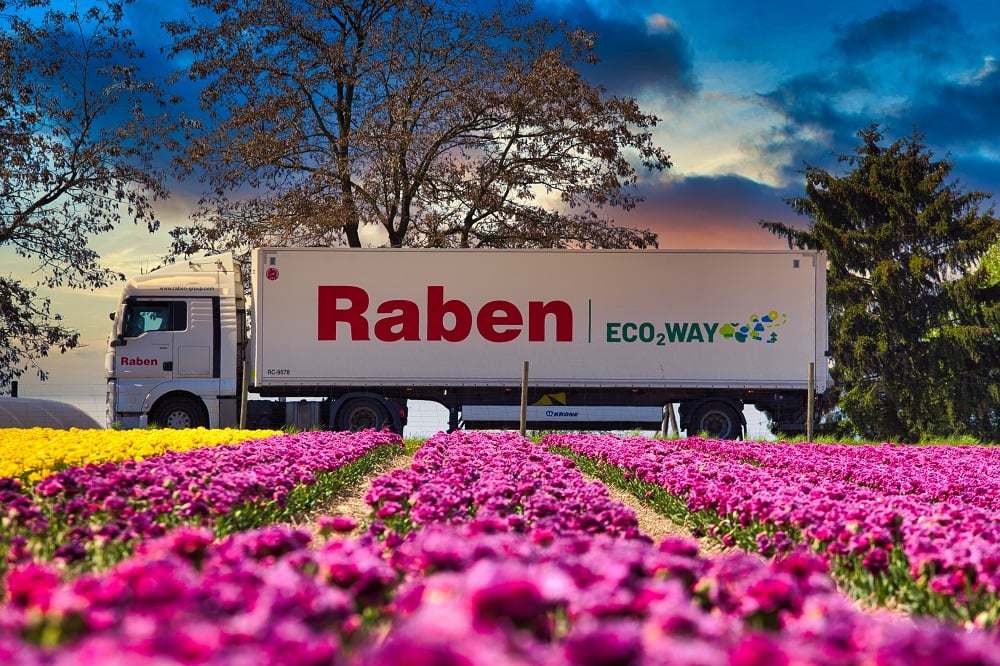
The automation team achieved this with just five people, starting from scratch. “We learnt how to work with UiPath and built the platform very quickly. We knew little at the start, but with the help of a UiPath partner, we were able to find shortcuts and develop best practice.” It was a fantastic achievement.
We called the platform MyRobot. The robots can take on tasks that it would be far slower for employees to do manually in our transport and warehouse management systems or through a sales process.
Zbigniew Kepinski • Group RPA supervisor
One such robot deals with what Raben calls code-to-code requests. “A code-to-code request is made when a customer asks how much it will cost to transport a shipment from one postal code to another with drop-offs along the way. The robot can draw upon our data to create an optimized route, offering a cost, length of journey, fuel consumption and even carbon emissions.”
The point about sustainability is worth pausing on because Raban strives to be environmentally friendly in all areas of its business. UiPath is therefore contributing to the logistics firm’s green objectives of comprehensively addressing the global challenges defined by the UN Global Sustainable Development Goals.
Results that stand out
“We now have 200 different automations,” Kepinski beams. The major benefit of creating such a platform is the data and insight it provides about performance.
When asked what the robots have achieved, Kepinski instantly opens a dashboard on his screen with obvious pleasure. Powerful data about results is instantly at his fingertips. “This year, automation has completed work equivalent to that of 302 full-time employees a month. In the same period, it’s saved 78,815 days of time and over €6 million a year.”
It is noteworthy that the robots did repetitive and tedious work, the kind of work that we heard frequent complaints from our employees about.
Zbigniew Kepinski • Group RPA supervisor
“This year, automation has completed work equivalent to that of 302 full-time employees a month. In the same period, it’s saved 78,815 days of time and over €6 million a year.”
The value to the business is easily available and constantly updated, creating a powerful tool for Kepinski to report to management.
However, getting buy-in from senior leaders within the business has never been a problem at Raben. “When we first introduced automation, I reported directly to the CEO, working alongside others to develop and recommend solutions for the entire Group,” Kepinski remembers. “The CEO is a man with lots of ideas and often keen to take appropriate risks to gain rewards.”
The management team was keen to put its full might behind automation. “Actually, they support and fully accept implementation of RPA in this area,” Kepinski says. Despite this, there were still worries from the workforce.
Overcoming challenges
“People were afraid. They wanted to know whether automation would take their jobs, whether it would live up to expectations or if it was another piece of complex software they’d have to master.” Kepinski overcame these challenges with demonstrations of the technology.
“Automation can be difficult to understand. It sounds complicated. But when you see it the act, it makes sense. So, we opted to produce videos. People could see the robots moving data, copying and pasting, completing tasks on screen— just like humans would. People have said it looks like magic,” he laughs. “But that’s precisely what it is. It’s incredibly swift, so much so, it appears almost magical.”
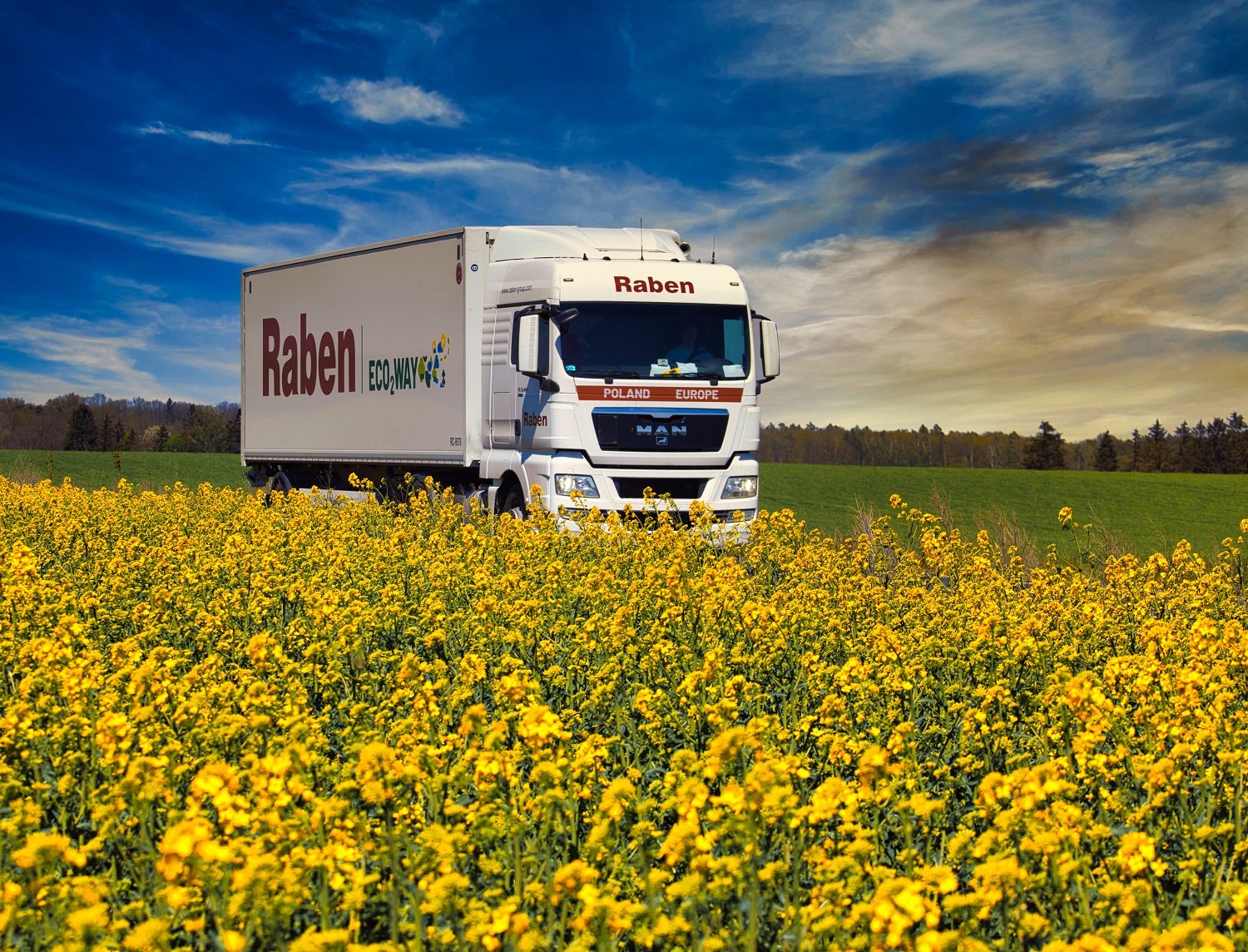
Now, the company has a growing pipeline of automations in development, with about 60 percent of the automation team’s time spent on development and 40 percent on maintenance of existing robots.
When questioned on how he identifies and assesses potential processes, Kepinski explains, “Frequently, businesses withing the Group request our assistance. We conducted a task capture process to understand the current situation and assess if automation can be beneficial. Moreover, we oversee the processes across the organization and use business intelligence data to identify areas where automation could improve things.”
Spreading the value of automation
One area where automation is making additional gains is systems integration. “Our growth has been driven by acquisitions across Europe. This inevitably requires the movement of data and systems, which can be very time-consuming. We’ve used robots to help, seamlessly bringing new organizations into the Raben family.”
Another example of using robots is software testing. After developers create new applications, they must be tested for glitches and bugs. Manual software testing is a notoriously slow and laborious process. Automation is revolutionizing it, helping teams get new functionality to the business at record speed.
The road ahead
Looking to the future, Kepinski is eager to expand the range of automated processes, perhaps by introducing artificial intelligence and machine learning. “However, it is crucial for us to reduce any risks that may arise.”
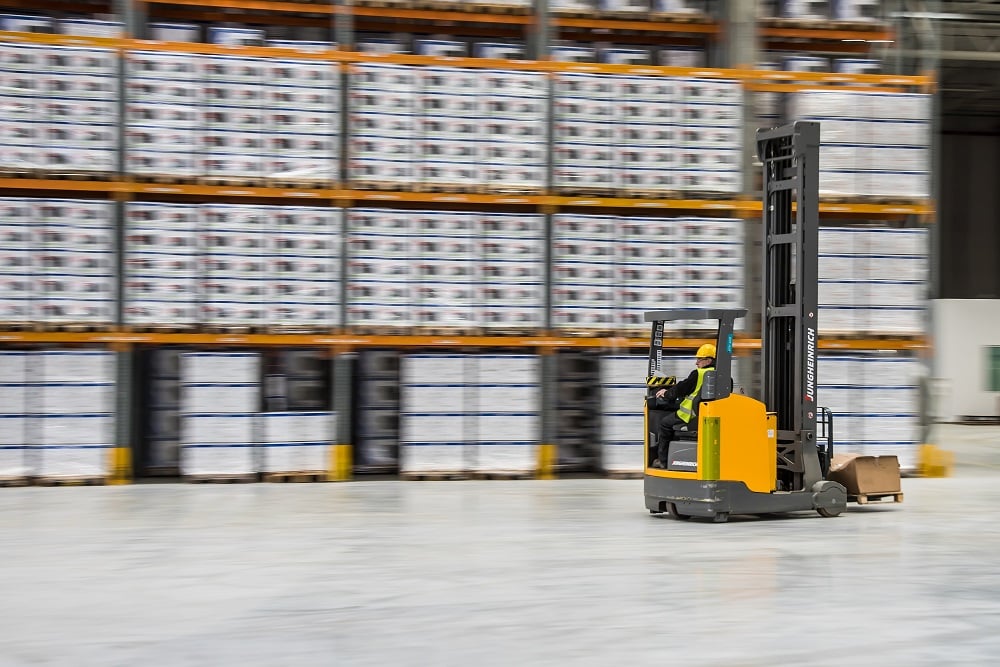
Hyperautomation is the most thrilling trend, as it aims to automate anything and everything as quickly as possible. This is perfect for logistics, because transportation is like a huge machine operating with thousands of cogs all in unison.
The amount of data we receive to process is becoming unimaginable, and the rate of change is dizzying. We need support in handling this data, ensuring it’s correct, analyzing it. That's why the Customer Service Department stays in touch with the RPA team and consults on opportunities to optimize the process.

“As the world embraces the internet of things, everything becomes more connected, with virtual and physical worlds colliding. This presents the option to build in automation. I can imagine a future where logistics is entirely automated. This is how I see hyperautomation, with everything from software to trucks running in a digital workflow,” Kepinski adds.
Sharing knowledge
When contemplating Raben’s experience, Kepinski provides valuable guidance for other businesses considering automation. “Don’t start too big,” he warns. “Begin with a small proof of concept that has a high probability of success to minimize risk and demonstrate value. Additionally, ensure that you leverage the experience of others who have implemented automation programs.”
He’s also keen to suggest close cooperation with the IT team.
Explain automation to your colleagues. Demonstrate its functionality while assuring them that it won't require any alterations to the current IT system. It supplements existing software.
Zbigniew Kepinski • Group RPA supervisor
Finally, he says, “Remember that automation doesn’t replace a manual process. It simply runs it more efficiently. But the underlying tasks and steps remain the same. Never lose sight of that.”
This is a valuable point to end on. Because with so many moving parts, a company such as Raben must always remember just how complex its work is and that people remain a huge asset to the business. Robots can help, making operations more efficient, but will never replace the dedicated employees that make Raben the success it is. Automation and robotization only help to keep up with the changing world.
“The past four years are only the beginning of the journey. We’re still discovering new areas, new fields of automation. The integration of hyperautomation empowered with machine learning and AI mechanisms promises tremendous opportunities for logistics,” Kepinski concludes.
Related case studies
Ready for your own case study?
Speak to our team of knowledgeable experts and learn how you can benefit from RPA.



